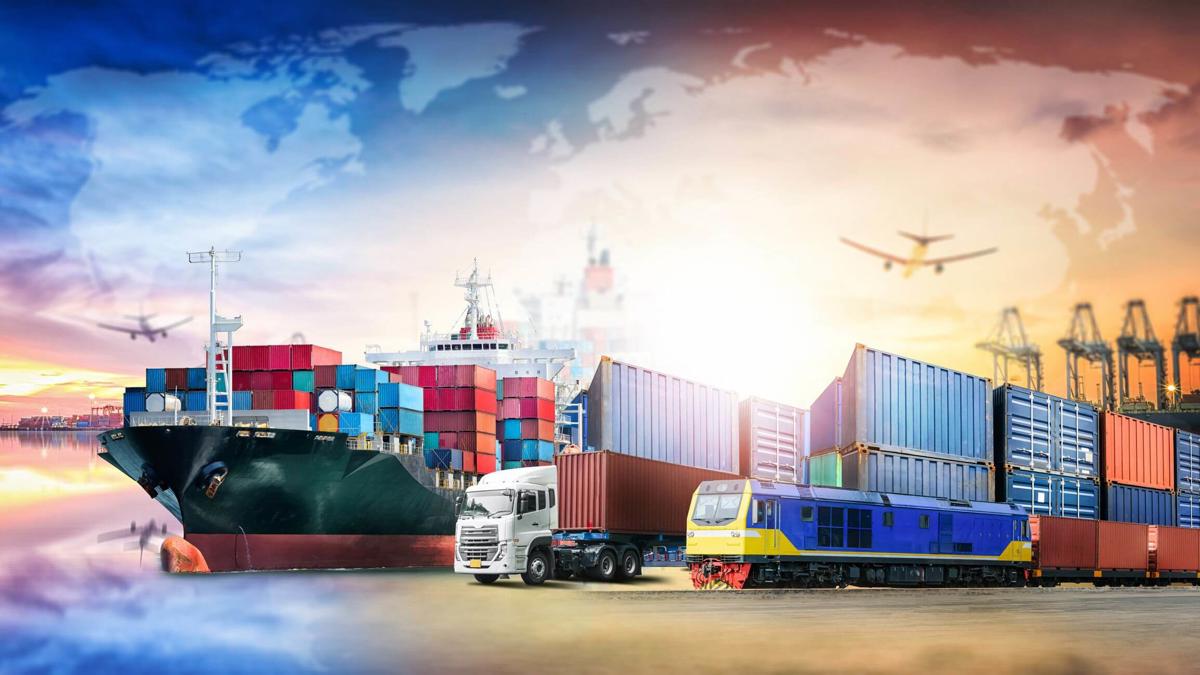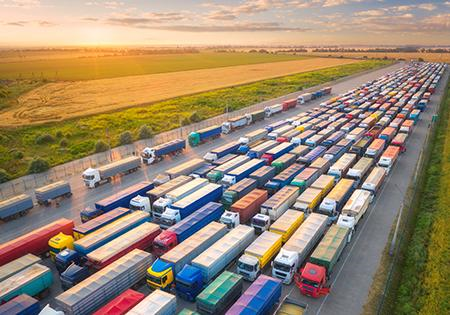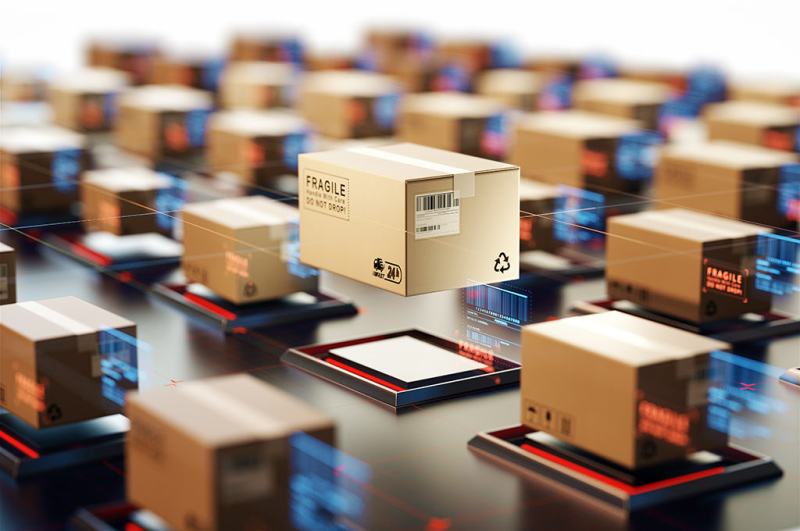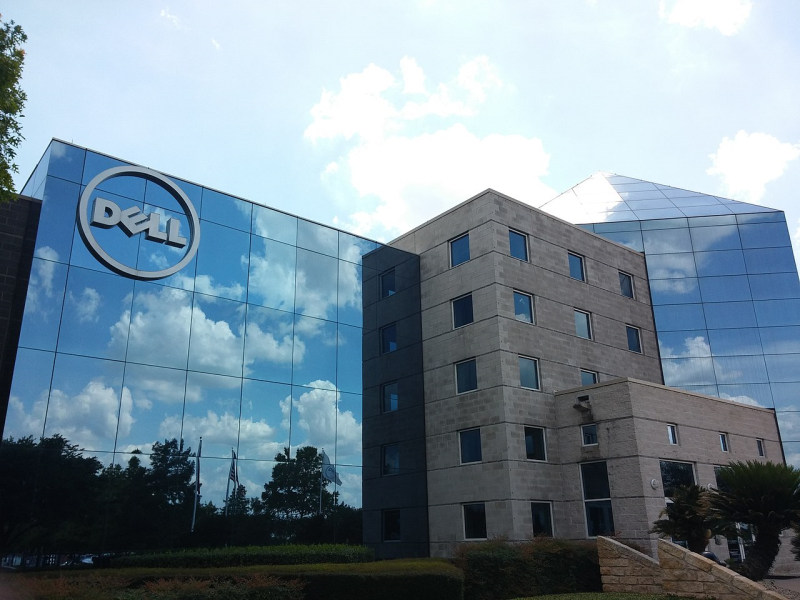
Starting June 1st, 2023 Our warehouse fee will be $0.65/cubic foot per month
In effort to lower the warehouse storage fee during inflation, we have went narrow aisle racking.This construction took us four months but the project is finally completed. With narrow aisle racking, we are able to drop storage by 24%.We as partners will go through this inflation together.
03/21/2023

In 2023, Logistics and transportation industry thanks to the progressive adoption of advanced engineering technologies, artificial intelligence, machine learning, and more. The future of the supply chain industry is unpredictable because it changes rapidly and constantly. Here are #5 trends for the future of devices in logistics and transportation:
Historically, companies have relied on off-the-shelf hardware to fit their needs. Often, this can feel like forcing a square peg into a round hole — sure, you can make it work, but it doesn’t always work well. As processes become more complex and company needs are more involved, custom devices can fit the molds not offered in widely-available devices.
Think of smart barcode scanners as an example. A custom barcode scanner could fit the needs of a company by incorporating hardware not commonly found on barcode scanners, like a large touchscreen or camera. Going custom also allows companies the opportunity to ruggedize devices, which can reduce the risk of damage and save on expensive external casing and replacement costs.
Reliable inventory tracking is one of the most crucial aspects of an efficient supply chain. One of the common technological disconnects is often between dedicated logistics devices and the inventory management system — they can’t communicate with each other. That leads to more work, as the data has to be processed separately or manually moved from a device into the management system.
A more integrated system will improve efficiency and reduce errors by eliminating the need for manual work or separate data processing. In turn, this will improve forecasting accuracy to reduce overordering or running out of stock. Do you know what that means? More money in your pocket.
AR (augmented reality) is technology that overlays information onto the real world. You’ve likely used AR through your phone before, with features like Google Maps’ walking navigation or games like Pokemon Go. However, this technology isn’t limited to smartphones and has meaningful implications for logistics and transportation through AR glasses.
AR glasses can be used for things like inventory management in a warehouse or real-time traffic and routing data out on the road, increasing efficiency and reducing errors. Ultimately, AR is all about putting the data you need where you need it: in front of your eyes. It’s about enhancing productivity with real-time data without staring at a computer screen.
As time goes on, consolidating devices will likely become more and more common in logistics and transportation. An example we already see today is a single device that allows delivery drivers to scan packages, get signatures and take pictures to verify deliveries. Those same devices can also monitor driver behavior and track vehicles. These are all necessary functions that used to take multiple devices to execute.
But multi-use devices aren’t just beneficial for delivery drivers. In the warehouse, a single device can scan barcodes, locate inventory and track product movement throughout the warehouse. That device can also monitor inventory levels and track trends to improve forecasting. And, as logistics resourcing needs ebb and flow (e.g., part-time fulfillment center workers during the holidays), devices will be repurposed and reprovisioned for completely different use cases.
Autonomous delivery drones may seem like a dream for the future, but companies like Amazon and Google are already testing them. These self-navigating delivery drones are the modern solution to the last mile, as they’re quicker and increase efficiency over current systems. There’s still some work to do on the regulations front before these can become commonplace, but we’re on the right track. As technology advances and autonomous vehicles of all kinds become more efficient and reliable, they will almost certainly become more accessible to businesses, big and small.
https://www.youtube.com/watch?v=Rc4hhWzB5KI
As device usage continues to grow across all aspects of the modern supply chain, company requirements to manage those assets have increased. The demand for better device management with more control over software deployments and updates has never been higher than it is now, which is why Esper exists. We’re the only company out there that combines your software deployment, content management and update needs with a comprehensive device management solution.
Miley
Marketing

Hot News
08/05/2024

Hot News
02/23/2023

Hot News
02/23/2023

Hot News
02/06/2023
Hot News
02/07/2023